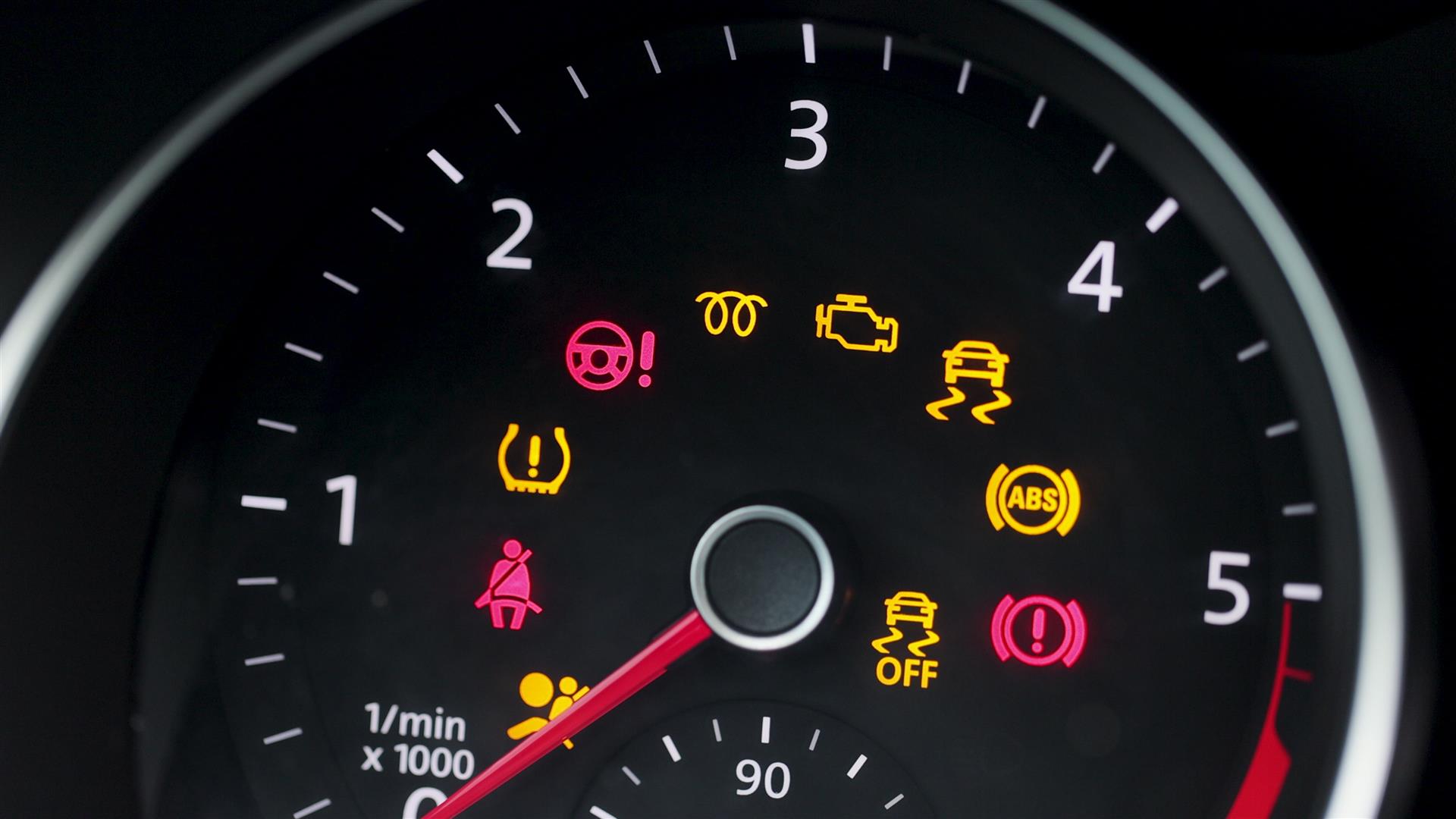
One of the most critical yet often overlooked aspects of owning and operating a vehicle is understanding what your car is trying to communicate through its dashboard lights. These icons, often glowing in attention-grabbing reds and yellows, provide vital information about your vehicle's health and operational status. However, deciphering these hieroglyphics can be challenging for many drivers.
That's why, in this blog post, we aim to demystify the meanings behind common dashboard lights, so you can take appropriate action when they illuminate.
Common Dashboard Lights and Their Meanings:
Engine Warning Light (Check Engine Light): This symbol resembles a car engine and can either flash or remain steady. A steady light typically indicates a non-urgent issue, such as a loose gas cap, but a flashing light signifies a potentially severe problem like an engine misfire, which can lead to damaging your catalytic converter.
Oil Pressure Warning: This light, which looks like an oil can or says "OIL," means the vehicle's oil pressure is too low. Driving with insufficient oil pressure can cause significant engine damage. Stop the car as soon as safely possible and check your oil level.
Battery Alert: An icon resembling a car battery indicates a problem with the vehicle's charging system. It could suggest an issue with your car's battery, alternator, or other electrical problems.
Brake Warning Light: This light, either showing "BRAKE" or an exclamation point within a circle, could mean several things. You might have left your handbrake on, or there could be an issue with the brake system like low brake fluid levels. Attend to this warning promptly to ensure your vehicle can stop properly.
Tire Pressure Warning Light: This light, looking like an exclamation point within brackets or a tire cross-section, means one or more of your tires have low pressure. Driving with low tire pressure can affect fuel efficiency, handling, and tire lifespan.
Engine Temperature Warning: This light looks like a thermometer submerged in liquid or simply says "TEMP." If this illuminates, your engine is overheating, which can cause significant engine damage. Stop the vehicle and let it cool down.
ABS Warning Light: If a light says "ABS," it means there's a fault with the Anti-lock Braking System. While your standard brakes should work fine, the ABS system, which prevents wheels from locking up during emergency braking, might be non-functional.
Conclusion:
Understanding your dashboard warning lights is an essential aspect of safe driving and maintaining your vehicle's health. These symbols are not mere suggestions but rather crucial indicators that something might need your attention. Some issues may be minor, but others can escalate if ignored, leading to costly repairs or dangerous driving conditions.
If a warning light illuminates and you're unsure of the issue, it's advisable to consult with a professional mechanic or your vehicle's manual for more details. At our auto shop, we're always ready to assist you with any questions or concerns about your vehicle's health. Don't hesitate to get in touch!
Remember, your vehicle is designed to communicate potential problems to you for a reason. Heed these warnings, and you'll ensure a safer and more efficient driving experience.
Stay safe and happy driving!